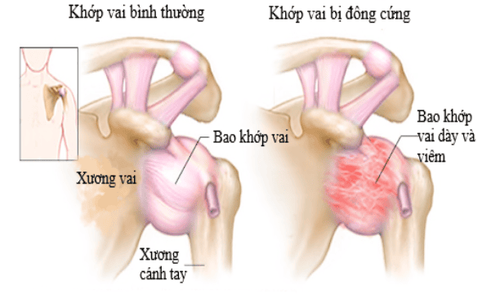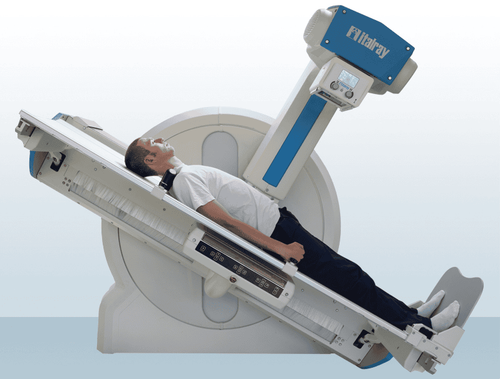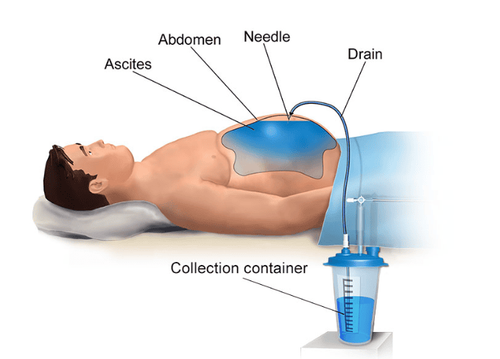This is an automatically translated article.
The article was professionally consulted by Specialist Doctor I Vo Cong Hien - Radiologist - Radiology Department - Vinmec Nha Trang International General Hospital.Today, the application of imaging tools to joint injection techniques allows doctors to optimally select joint injection techniques suitable for each joint position. In addition to joint injection according to the classic method, there is also joint injection under enhanced X-ray which works to ensure safety and high accuracy.
1. What is Shoulder Arthritis?
Frozen shoulder arthritis causes severe limitation of shoulder movement, causes shoulder pain, reduces labor productivity as well as daily activities. Frozen shoulder periarthritis is clinically characterized by pain and limited range of motion of the shoulder joint. The cause was ankylosing spondylitis-brachial fasciitis, no damage to the shoulder cartilage and bones, no new injury to the shoulder joint, and no bacteria.Frozen shoulder periarthritis is a difficult disease to treat. The main treatment methods are medical treatment, only endoscopic intervention in some special cases.

Viêm quanh khớp vai thể đông cứng là thể bệnh hay gặp, đứng hàng thứ hai sau viêm quanh khớp vai thông thường
2. Intramuscular ablation of the lower shoulder joint in bright X-ray
Frozen shoulder is a method of injecting a corticosteroid solution into the joint socket with a local anesthetic, combined with passive and active movement of the shoulder joint right after the joint injection, showing high treatment efficiency. Typically, shoulder joint injections can be performed by direct joint injection, with no need for guided media. However, because of the characteristic of frozen shoulder that there is narrowing and adhesion of the synovial fluid that forms the cavity, the radioluminescence allows for precise needle insertion into the joint, as well as for monitoring of the spread. of the drug in the joint to achieve optimal results.3. How is lower shoulder anticoagulation injection performed?
With the method of ablation of the shoulder joint by X-ray, the patient does not need local or general anesthesiaSteps to follow:
Place an intravenous line The patient lies supine on the brightening table, table upturned hand. Disinfect the joint The doctor washes his hands, puts on a shirt, wears gloves, spreads a sterile dressing with a hole on the shoulder joint to be treated. Inserts the needle into the joint socket Injects contrast agent into the joint socket (about 3ml) to confirm the needle into the correct socket. Evaluation of combined injuries: tear of the radial nose, damage to the cartilage around the alveolar region... if any Inject into the shoulder joint a mixture of lidocaine 2% + Depo-Medrol 40mg/ml ratio 2/1 (injection volume can may vary on a case-by-case basis, usually around 4-5ml). Mix physiological saline solution and contrast agent, inject the largest possible volume into the joint socket to dilate the joint, monitor the spread of the drug in the joint cavity under the light curtain. The volume of pumped solution can be up to 40ml. If fluid overflows into the sacrum below the Delta muscle or the long head bursa of the biceps tendon, stop Withdraw the needle. Tape the puncture site The patient is allowed to passively and actively move the shoulder joint. After the procedure, good results were shown in the diffusion of contrast material in the joint socket, dissection of the joint capsule adhesion sites, and no drug spillage from the joint capsule (except when there is a tear of the muscle cap). coordinated rotation), increase the range of motion of the shoulder joint compared to before the procedure. Helps patients relieve pain in both static positions and when moving the shoulder joint passively and actively.
Some complications may be encountered after performing the technique such as bleeding at the needle puncture site, soft tissue hematoma next to the needle puncture site, joint infection,...

Bệnh nhân có thể bị tụ máu phần mền cạnh vị trí chọc kim
Vinmec International General Hospital is a hospital with a full convergence of general and specialized doctors to perform, examine, operate, diagnose and treat diseases. In particular, at Vinmec, x-ray technology is also performed to treat many different diseases and bring optimal treatment results to customers.
BSCK I Vo Cong Hien has many years of experience in the field of imaging, especially in diagnostic ultrasound for general abdominal diseases, advanced cardiac - vascular, obstetrics and gynecology. Doctor Vo Cong Hien used to work at the Imaging Department of the University of Medicine and Pharmacy Hospital - Hoang Anh Gia Lai before working at the Imaging Department of Vinmec Nha Trang International General Hospital.
Customers can directly go to Vinmec Health system nationwide to visit or contact the hotline here for support.













